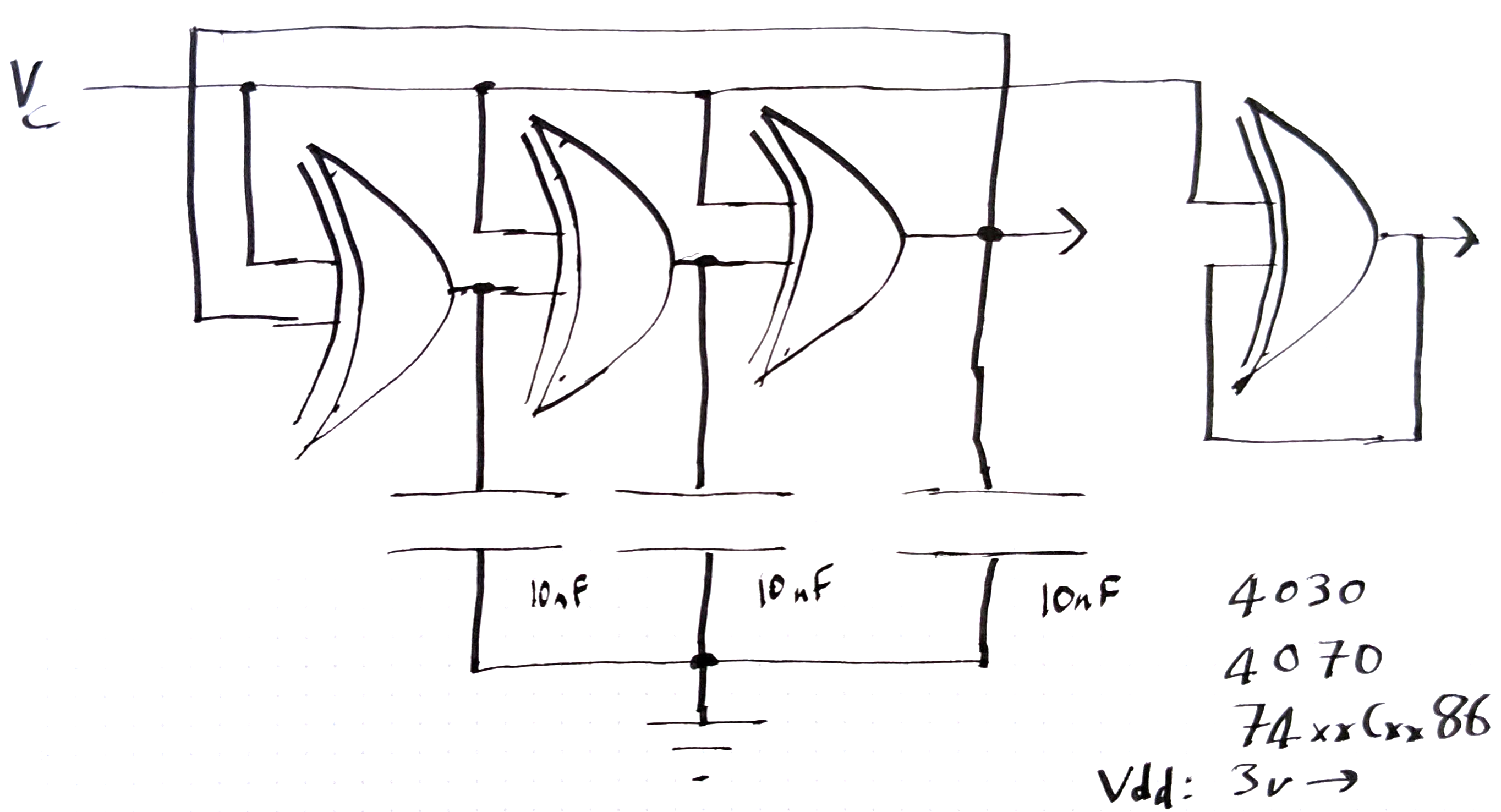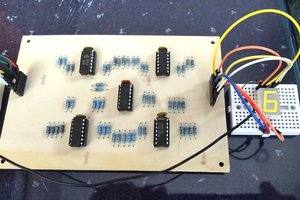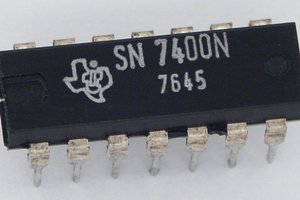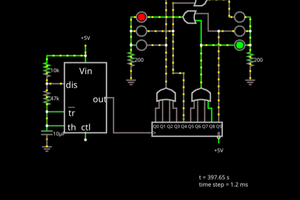The original CMOS 4000 series got to a rocky start. Many of the earlier parts and part numbers in the series were discontinued - it's rare to see the CD4000 itself, or the CD4002, CD4006, or CD4009 in designs. Some of these were improved and their improvements improved, e.g. CD4009 -> CD4049 -> CD4069 -> CD4572UB.
The most problematic part was the XOR gate the CD4030a. Like most XOR gates it was implemented with transmission gates and the designers chose to connect these to the inputs. This resulted in increased input capacitance, slower speed and slower edges which would result in undesired oscillations.

It was quickly replaced by the CD4070B

This was so much more successful for digital circuits that CD4030's became labeled as CD4030B's and were actually the same die as CD4070B's.
My perverse engineering practice involves using digital CMOS IC's for analog processing for which the original CD4030A is most useful. Some of the early unbuffered CMOS parts are still available with the more modern designation, e.g. CD4001UB but not this XOR gate.
This led me on a journey to find sources from former Eastern Bloc and Soviet-Era founderies.
Suspicious of the labeling I developed a simple way to detect the buffered versions: connecting a gate output back to an input and setting up the XOR gate to invert results in a 3-stage ring oscillator. With the earlier IC without those input inverters, the shorted gate simply doesn't oscillate. In this study I marked those with an X and otherwise marked the oscillator frequency at 3v.

With this short list in hand, I built voltage controlled XOR ring oscillators with 0.01uF capacitors to bring the frequency down to the audio realm.


The potentiometer varies the Vc input from 0-3v. Here is what this voltage sweep sounds like:
 Adrian Freed
Adrian Freed

 Yann Guidon / YGDES
Yann Guidon / YGDES
 Tim
Tim
 Al Williams
Al Williams